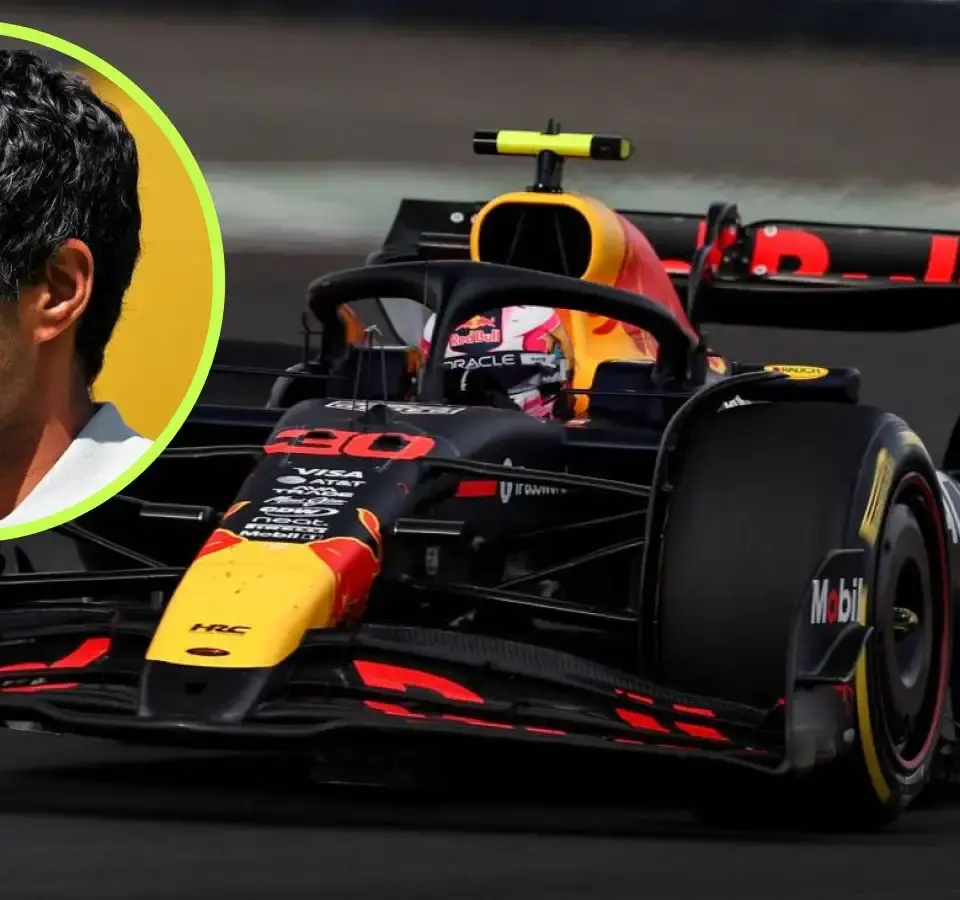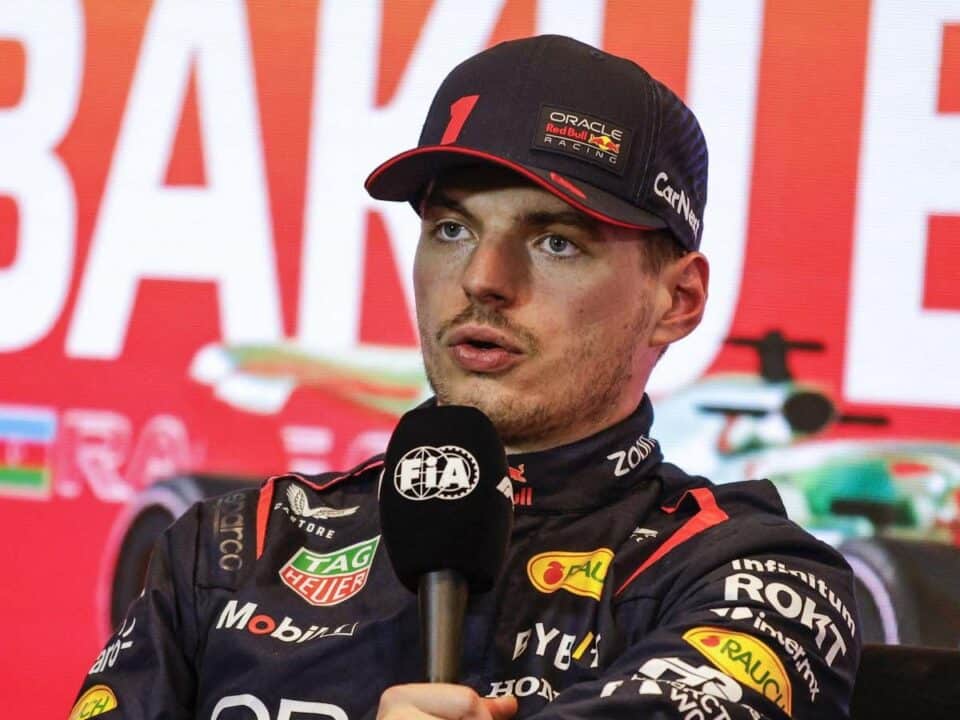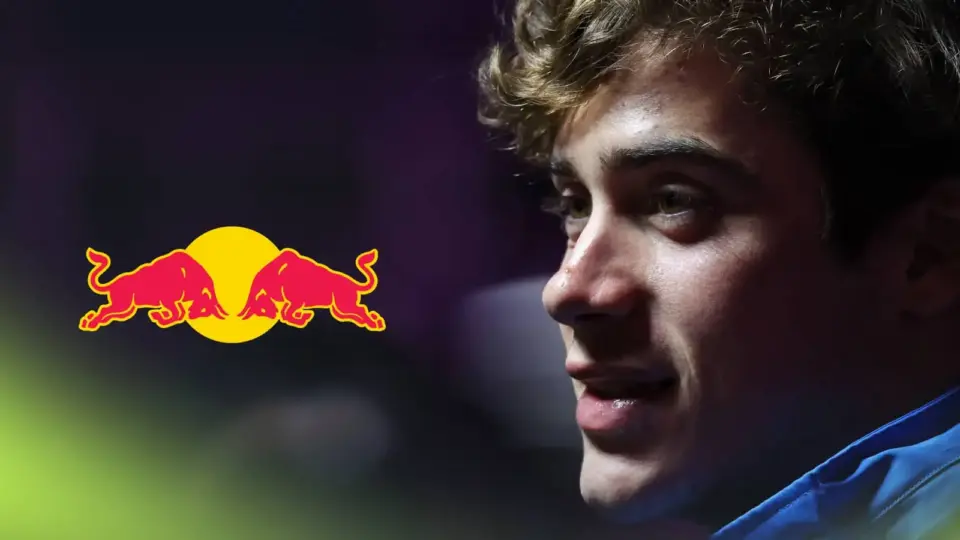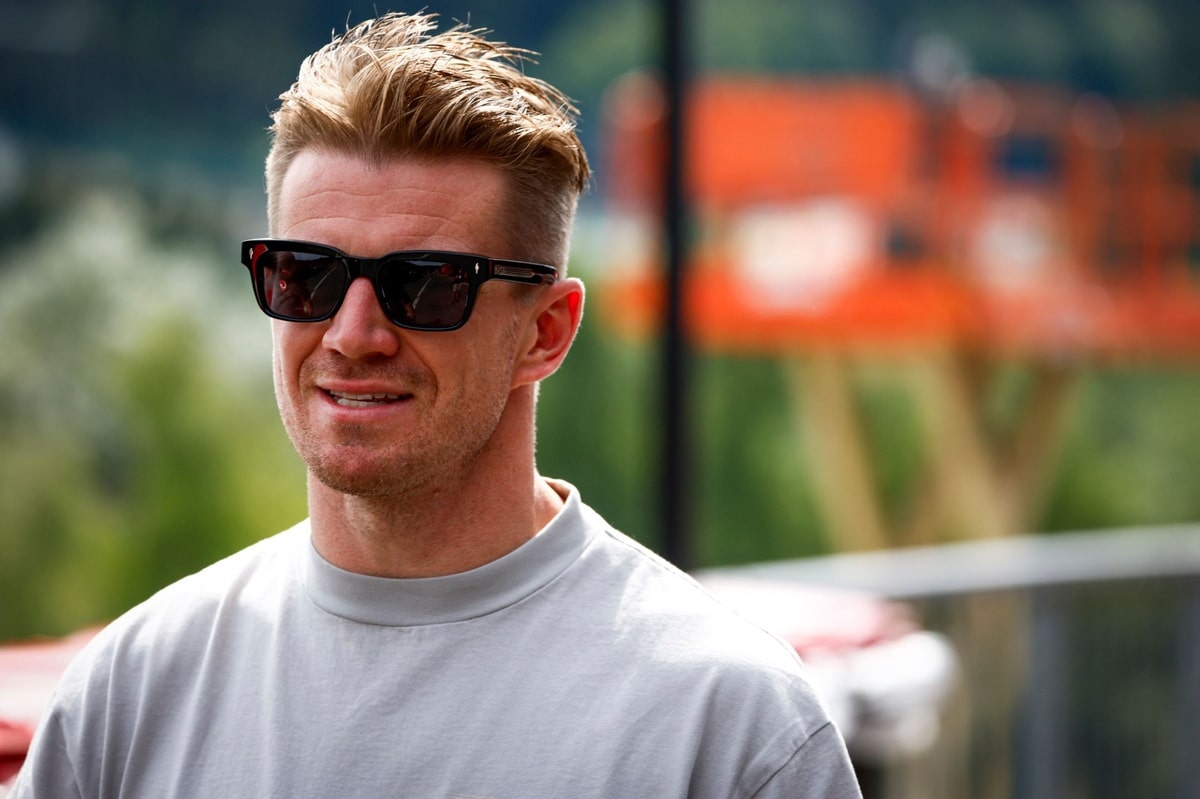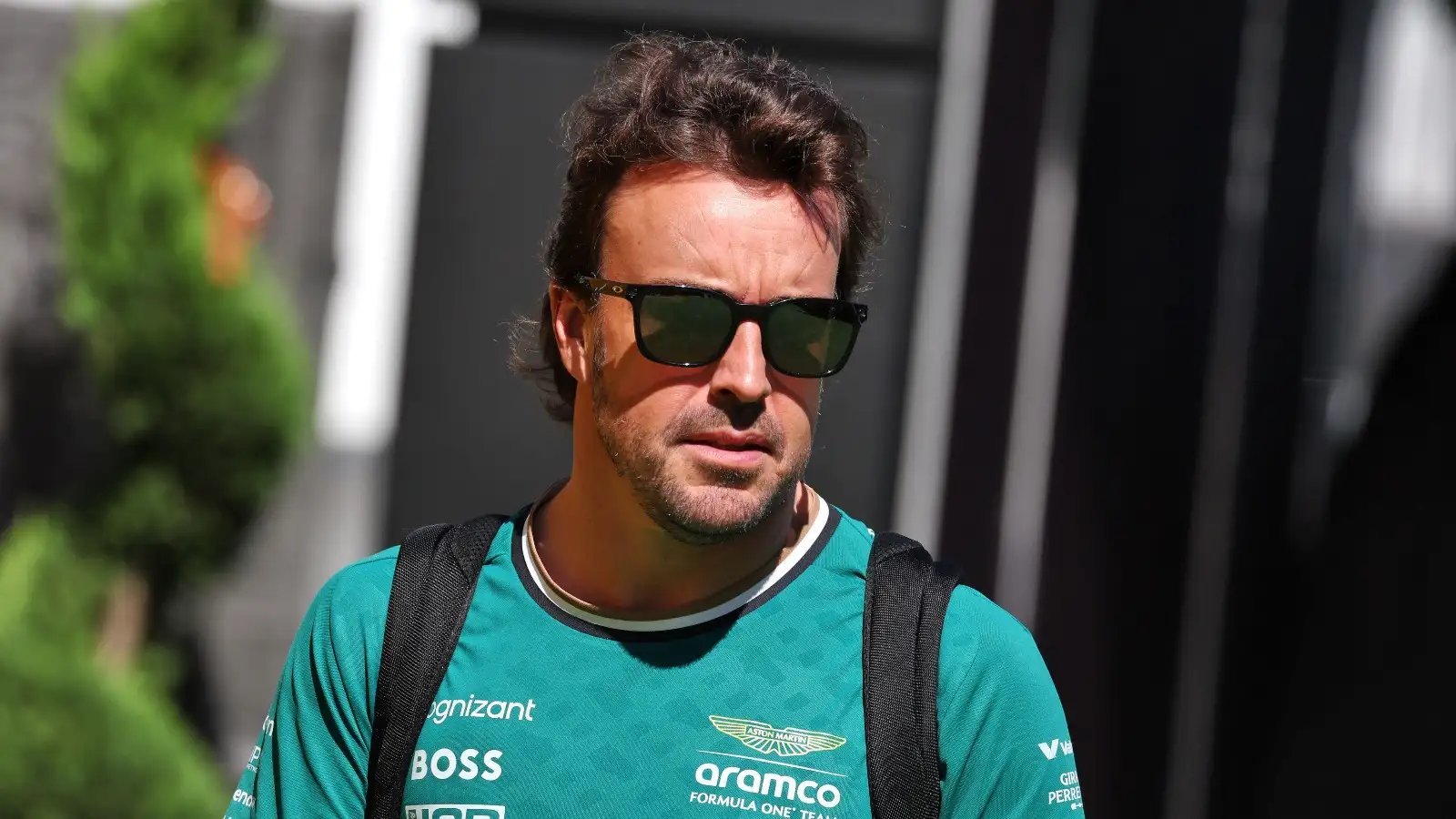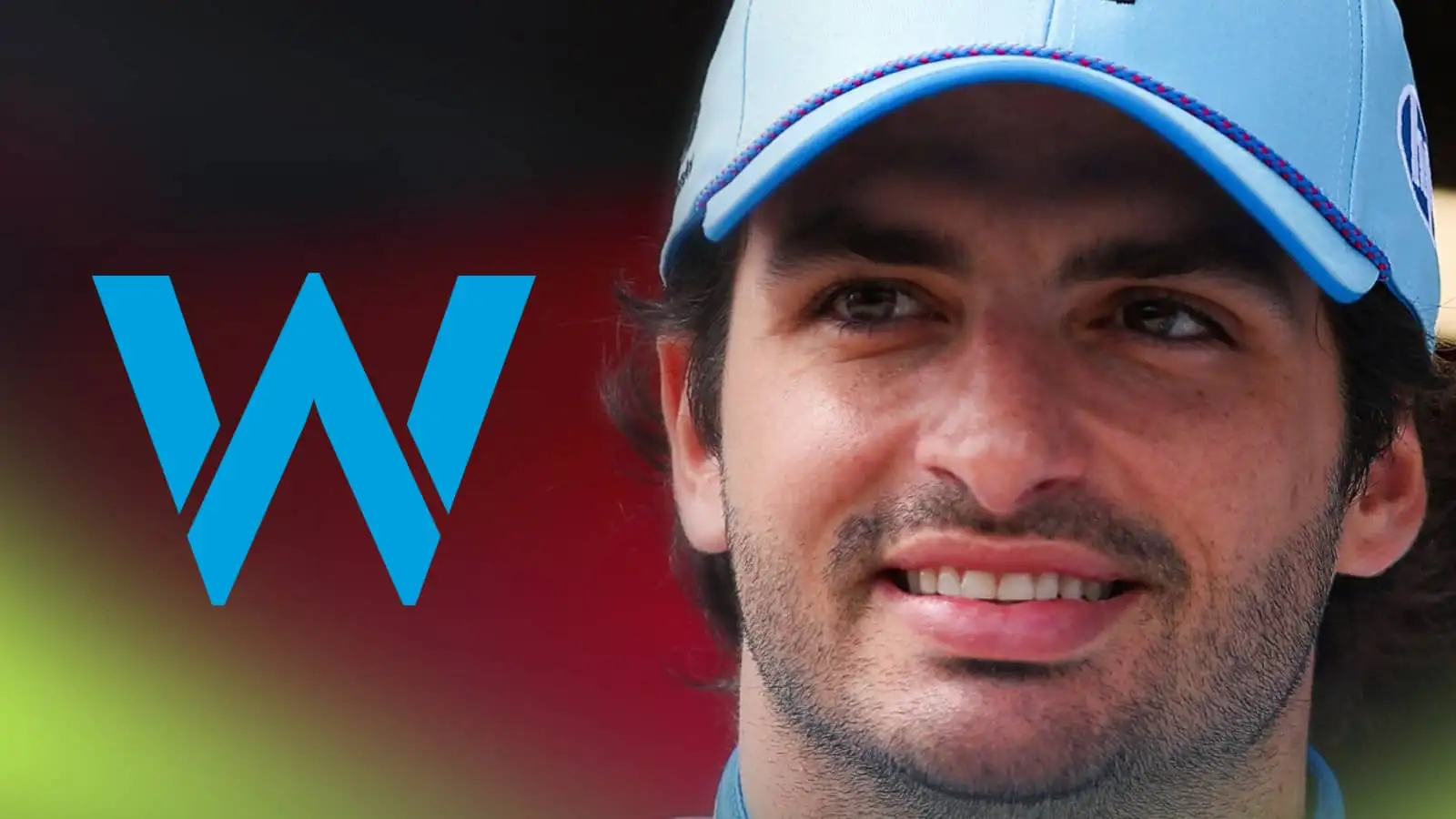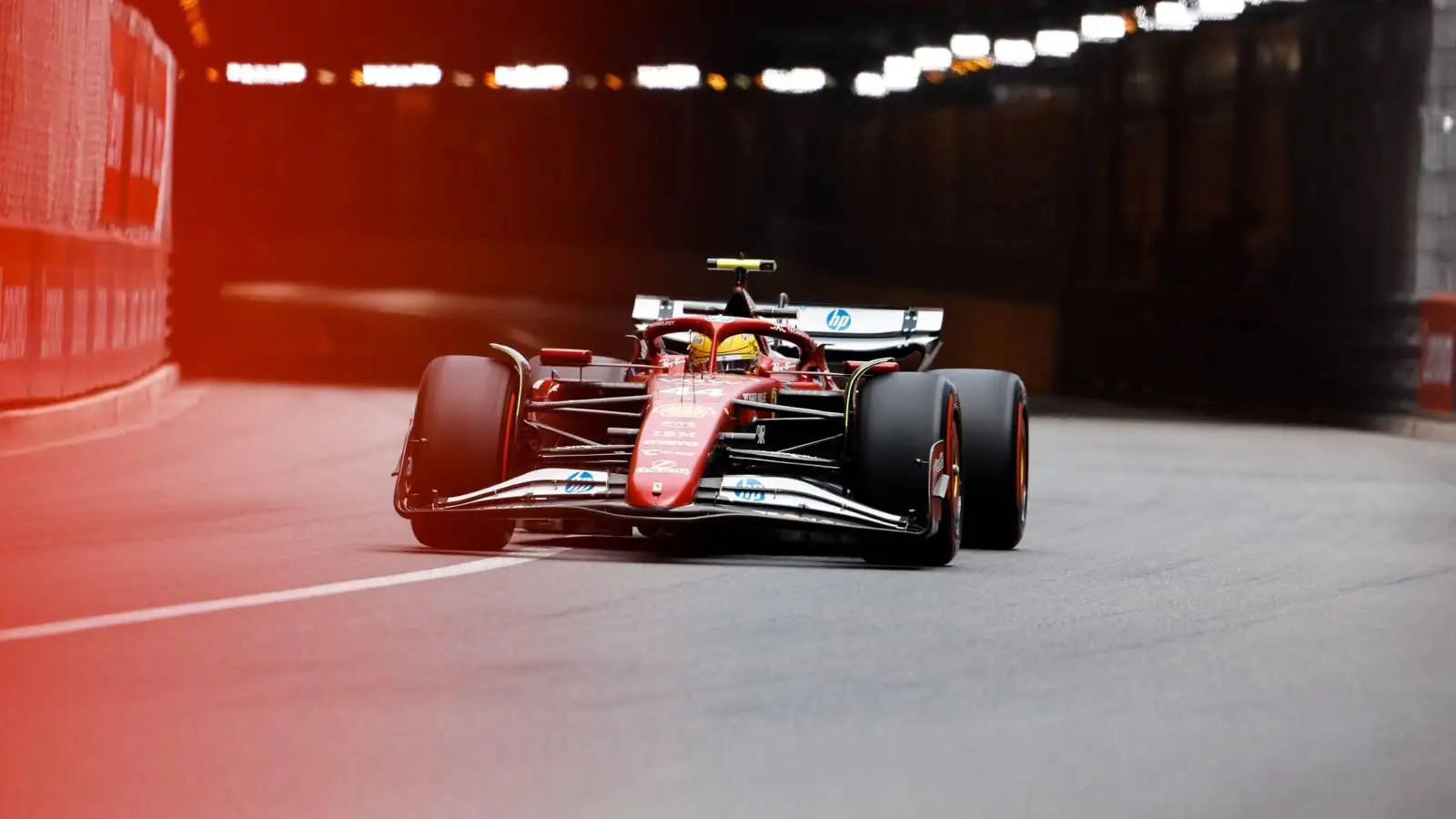Liam Lawson’s tenure at Red Bull has been cut short after just two rounds of the 2025 Formula 1 season. This development has led many, including former F1 driver Karun Chandhok, to reflect on what might have been a missed opportunity for the team.
The dramatic reshuffle sees Lawson stepping back to Racing Bulls, making way for Yuki Tsunoda’s promotion to partner Max Verstappen at Red Bull. Chandhok, offering his seasoned perspective, believes Red Bull missed a trick by not considering Alex Albon for this pivotal role alongside Verstappen. Albon, who previously raced with the team, has since revitalized his career at Williams, showcasing the growth and skill that Chandhok argues Red Bull desperately needs.
Reflecting on past decisions, Chandhok stands by his earlier suggestion that Lawson should have remained at Racing Bulls alongside the promising rookie Isack Hadjar. According to him, this setup would have kept Red Bull’s options open, allowing them to potentially reintegrate Albon, a driver more seasoned with the pressure that comes with racing alongside a champion like Verstappen.
Chandhok isn’t alone in his critique. His colleague, Bernie Collins, raises questions about Red Bull’s strategic oversight in not implementing a robust testing regime for Lawson akin to Mercedes’ program with Kimi Antonelli. Antonelli’s methodical preparation, marked by extensive test days in older Mercedes cars, contrasts sharply with Lawson’s limited audition, highlighting potential areas Red Bull could improve.
This decision to swap Lawson and Tsunoda extends beyond mere driver preference; it underscores the challenges of harnessing talent in a team renowned for its demanding car setup. Red Bull vehicles, unlike their Racing Bulls counterparts, present unique handling challenges that have historically troubled even the most talented drivers. As such, the abrupt changes in driver lineup continue to provoke debate within the motorsport community.
With the stage now set for Yuki Tsunoda’s debut in front of a home crowd at the Japanese Grand Prix, all eyes will be on how this new partnership unfolds. Meanwhile, the conversation around driver development and team strategy remains as vibrant as ever, with Chandhok’s insights adding a critical voice to the discourse.
